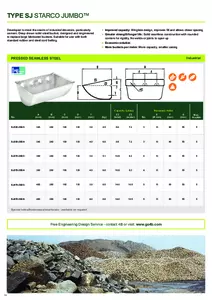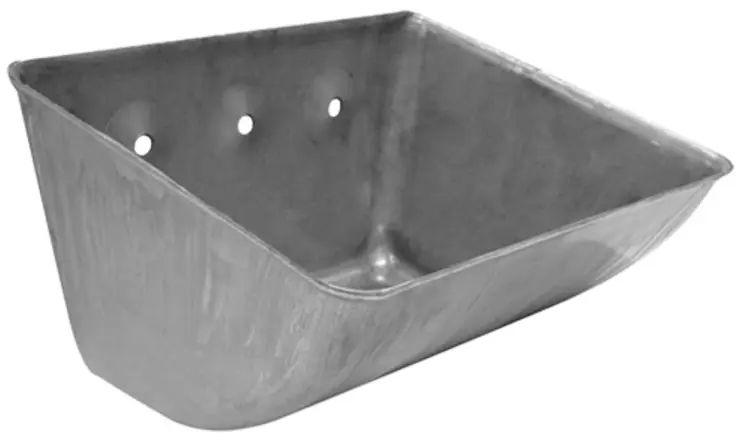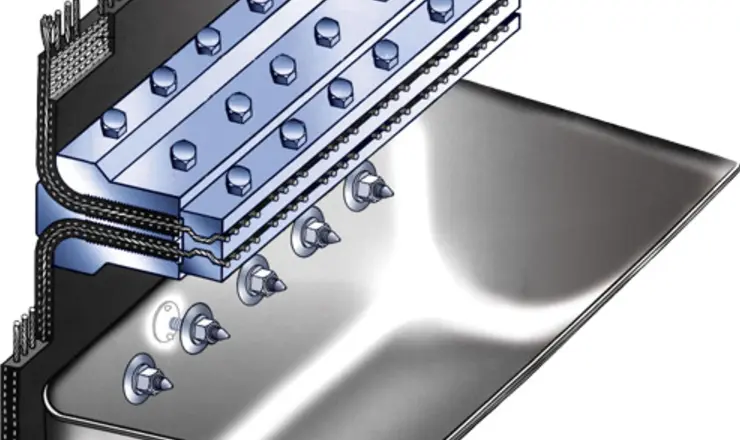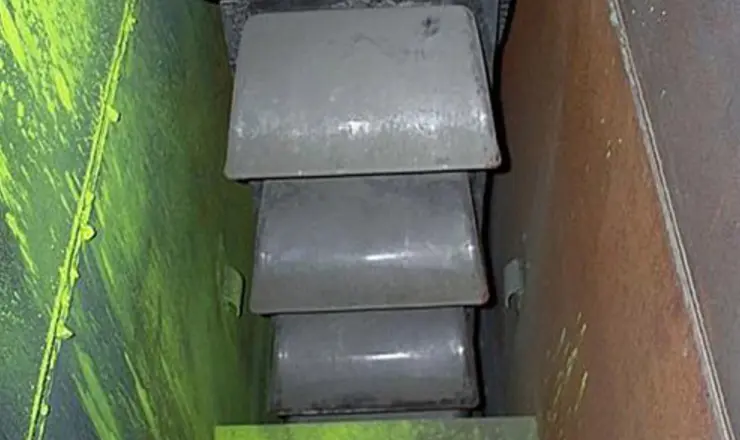Starco™ Jumbo Bucket
SJ Elevator Bucket
SJ330-250/3, SJ330-250/4, SJ370-250/3, SJ370-250/4, SJ470-250/3, SJ470-250/4
Deep drawn solid steel elevator bucket, designed to replace large fabricated elevator buckets. For use with both standard rubber and steel web belting along with plain holes, on a chain and bucket elevator.
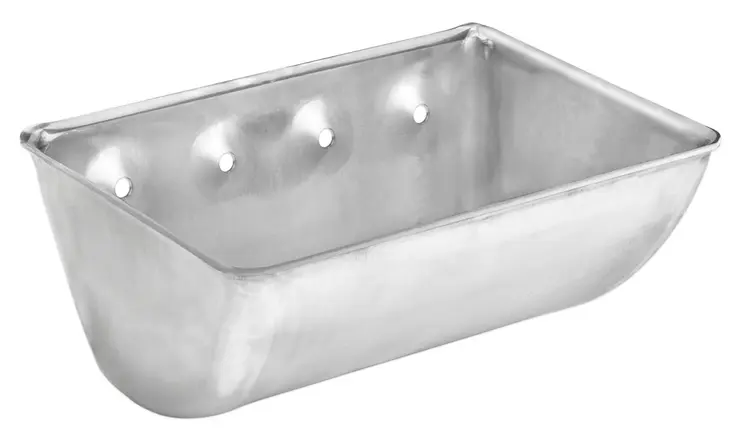
Product Features
- Pressed seamless steel bucket, no welds or joints
- Increased capacity
- High temperature applications
- Great strength and long life
- Clean discharge
- Can be used with steel web belt
Material
Steel
Use by Industry
Industrial
Use by Product
Cereals,
Cement,
Light Industrial,
Heavy Industrial
Specifications

| weight | Capacity | Recessed Holes | ||||||||||||
| . | SJ Bucket | A | B | C | D | T | Z2 | Z3 | E | F | G | Max. | ||
| (mm) | (mm) | (mm) | (mm) | (mm) | kg | (total) | (water) | No. | (dia. mm) | (mm) | (mm) | Pcs./Mtr | ||
| SJ330-250/3 | 340 | 260 | 190 | 130 | 3 | 4.5 | 9.6 | 7.2 | 3 | 13 | 80 | 55 | 5 | |
| SJ330-250/4 | 340 | 260 | 190 | 130 | 4 | 6 | 9.6 | 7.2 | 3 | 13 | 80 | 55 | 5 | |
| SJ370-250/3 | 380 | 260 | 190 | 130 | 3 | 5.1 | 10.8 | 8.3 | 4 | 13 | 80 | 55 | 5 | |
| SJ370-250/4 | 380 | 260 | 190 | 130 | 4 | 6.8 | 10.8 | 8.3 | 4 | 13 | 80 | 55 | 5 | |
| SJ470-250/3 | 480 | 260 | 190 | 130 | 3 | 6.5 | 14 | 10.5 | 5 | 13 | 80 | 55 | 5 | |
| SJ470-250/4 | 480 | 260 | 190 | 130 | 4 | 8.6 | 14 | 10.5 | 5 | 13 | 80 | 55 | 5 |
Special holes / thicknesses / wearbands - available on request.


